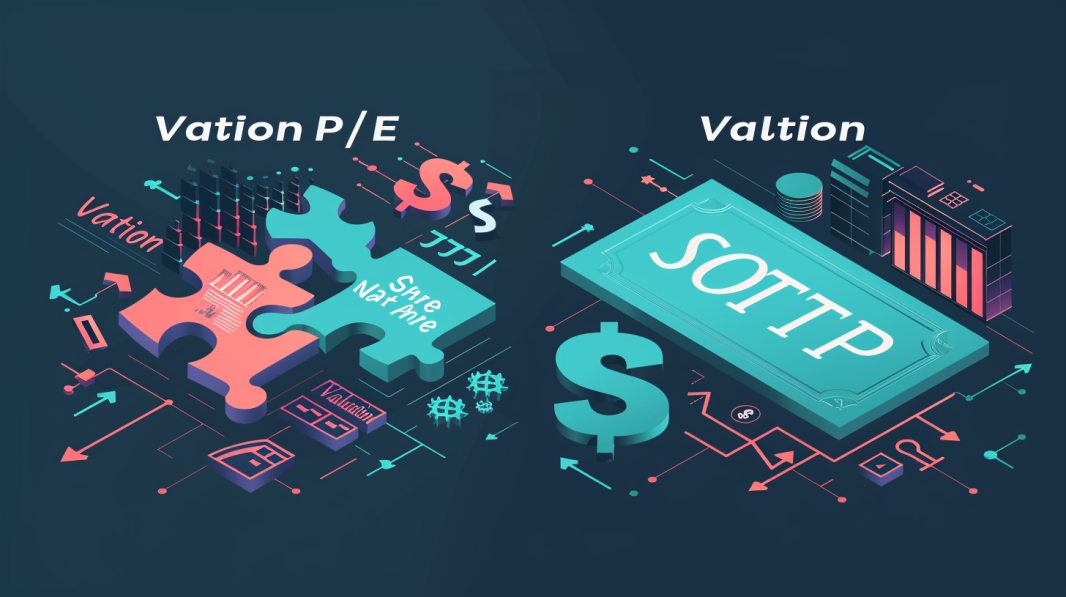SOTP Valuation Explained

Q1. What is SOTP valuation?
SOTP stands for Sum of the Parts—a valuation method used to value a diversified company by independently valuing each business segment or asset, then combining them for a total value. This is ideal for businesses operating across multiple industries.
Q2. When do you use SOTP versus DCF or multiple-based valuation?
SOTP is preferred when:
- A business has distinct segments needing different valuation approaches (e.g., EV/EBITDA, P/B, EV/Sales).
- DCF or a single multiple would misrepresent the value of certain units.
- You want to reveal segment-level hidden value.
Companies often analyzed using SOTP include Disney, J&J, ITC, and Walt Disney.
Q3. How Fictional Company applies SOTP in a real-world scenario
Imagine an imaginary company, we break down a diversified company—say, holding digital platforms, hardware, and cloud services—into segments like Cloud Computing, Streaming Media, and Hardware IP. We value each using appropriate methods, then combine the results:
- Cloud: EV/Revenue
- Streaming: P/E ratio
- Hardware/Patents: asset valuations
Finally, we add net cash or subtract debt, and divide by shares outstanding to get per-share intrinsic SOTP value.
Q4. Alternative SOTP valuation example (2025): Alphabet Inc.
Let’s look at a real-world SOTP on Alphabet (Google), recently analyzed on Reddit in March 2025:
- Google Cloud: 48 B ARR)
- YouTube: $400 B (valued similar to Netflix)
- Google Play: ~11 B net income)
- Waymo: $45–50 B (latest private valuation)
- Other Bets: ~$15 B
- Hardware & Patents: ~$5 B
- Display Ads: 12 B profits)
- Search & Ads: 65 B FCF)
Total SOTP Estimate: 2 T → implies 40–50% undervaluation
Q5. Steps in SOTP valuation
- Identify segments (e.g., cloud, hardware, content).
- Select valuation methods per segment (DCF, EV/multiples).
- Gather comps or forecast cash flows.
- Value each segment separately.
- Adjust for net cash/debt, non-operating assets/liabilities.
- Sum parts → get enterprise value, then equity value.
- Divide by shares outstanding → per-share SOTP intrinsic price.
Q6. Benefits of SOTP for investors
- 👍 Reveals hidden value and overlooked business units.
- 🎯 Helps assess unlock value opportunities (spin-offs, divestitures).
- 🔍 Supports focused segment-level analysis—more granular than a “one-size-fits-all” valuation.
Q7. Limitations of SOTP
- ⚠️ Highly subjective, depending on comparables and assumptions.
- 📉 Data may be lacking for specific segments.
- 🔄 Ignores potential synergies between units.
- 📅 Sensitive to market timing and multiples used.
Q8. Final takeaway for 2025
SOTP is essential for valuing complex businesses accurately. Whether you’re breaking into conglomerates or tech giants like Alphabet, this method offers clarity and can expose valuation disconnects.
 TechStockTrade
TechStockTrade





